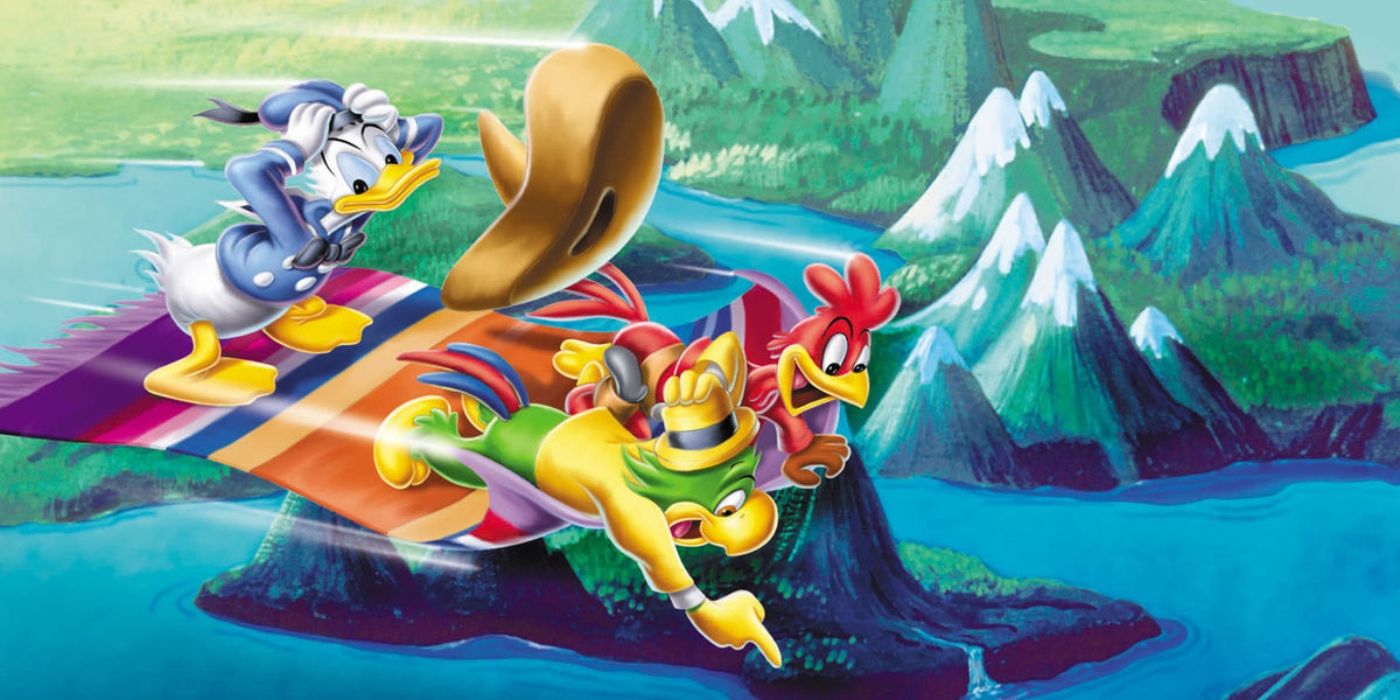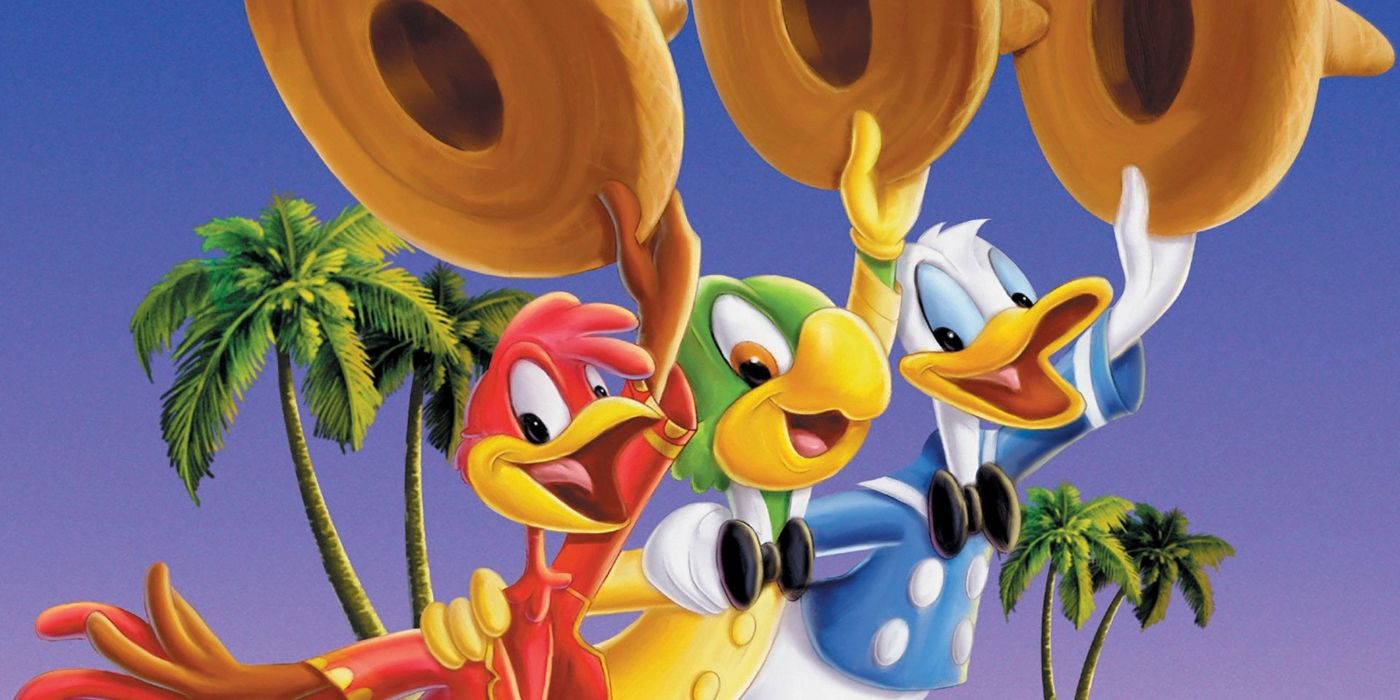Disney is one of the most famous companies in the world, with a collection of some of pop culture's most enduring and popular characters. In fact, they're so beloved, they've even been recruited to help out with real-world conflicts. Here's how Walt Disney was enlisted by the United States Government to produce films that could potentially help sway opinion in South American nations -- and keep them from openly allying with the Axis powers in World War II.
During the early days of the United States' active involvement in World War II, President Franklin D. Roosevelt attempted to shore up support for the US in neighboring South American nations, such as Brazil and Argentina. The nations were seen as potential allies to the Axis Powers, and Roosevelt wanted to present the United States -- and the Allied Nations of World War II -- as a more appealing option. As explained by Jacobin magazine, after a series of conflicts in South America earlier in the 19th and 20th centuries had left the region with decidedly mixed feelings about the United States, America had instituted the "Good Neighbor Policy" in an attempt to alleviate lingering tensions in the 1930s. The policy was expanded with the foundation of the Coordinator of Inter-American Affairs, or CIAA for short.
As explained by Latino USA, their early attempts to gain favor with South America were something of a failure -- until Walt Disney was approached about producing a film to appeal to Latin audiences. At the time, Disney was seen as one of the premier filmmakers in the United States, with his animation studio producing some of the world's most popular cartoons. However, Walt Disney Studios had actually entered a tumultuous period: on top of recent films like Pinocchio being box office failures (in large part due to the chaos of World War II severely eating away at the global box office), Disney was locked in intense labor disputes with his animators over their rights to unionize -- something Disney adamantly opposed.
The CIAA offered Disney funding for a trip to South America to familiarize himself with the local customers and visuals, and to make theatrically released films inspired by his trips. In part to help the monetarily flailing studio, Disney took the CIAA up on their offer. Along with over a dozen composers and artists from Walt Disney Studios, Disney visited Brazil, Argentina, Chile and Peru -- and according to The Walt Disney Family Museum, he was well-received by the local populations partially due to his global popularity. Eventually returning to Hollywood, the result of the trip was Disney's sixth animated feature film (and, going by run-time, the shortest) -- Saludos Amigos.
A mix of live-action footage from the trip and a series of animated vignettes, the film's final and most memorable short focused on Donald Duck traveling through Latin America and befriending the Brazilian parrot named José Carioca while exploring the nations. Already popular in South America, Saludos Amigos ended up being a strong success, although some elements were criticized by native artists and creators of the region (such as Chilean cartoonist René Ríos Boettiger, who created the enduring Latin American animated character Condorito in response to his belief that the film hadn't properly portrayed Chileans). However, Saludos Amigos was enough of a success that it resulted in another film, titled The Three Caballeros. Reuniting Donald with José, the pair were quickly joined by the Mexican rooster Panchito Pistoles.
An almost abstract take on the previous film, The Three Caballeros highlighted the scenery and music of South American nations, even featuring live-action dancers and singers interacting with characters like Donald. Both films were seen as successful in their mission to shore up support for the United States and their allies during World War II. Even so, they have come under fire over the years, as documented by Jacobin, for the "touristy" way that Donald engages with the unique cultures of the region and the lack of genuine representation, focusing much more on a surface-level and at times even insulting appreciation of South America in an attempt to glorify the US. Even if they are controversial, these movies represent a unique, bizarre and, in terms of artistry, sometimes beautiful chapter in the history of Disney Animation.


